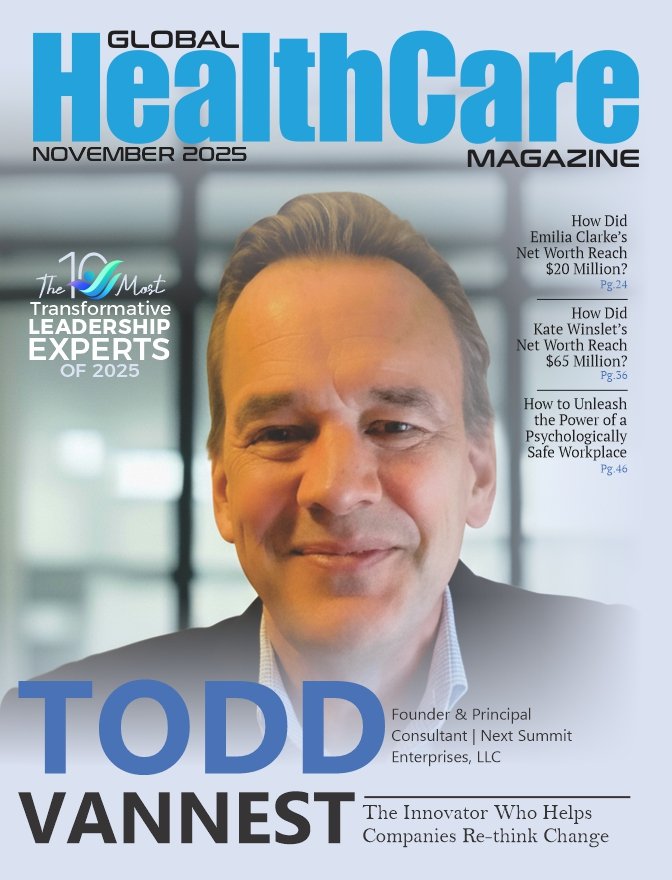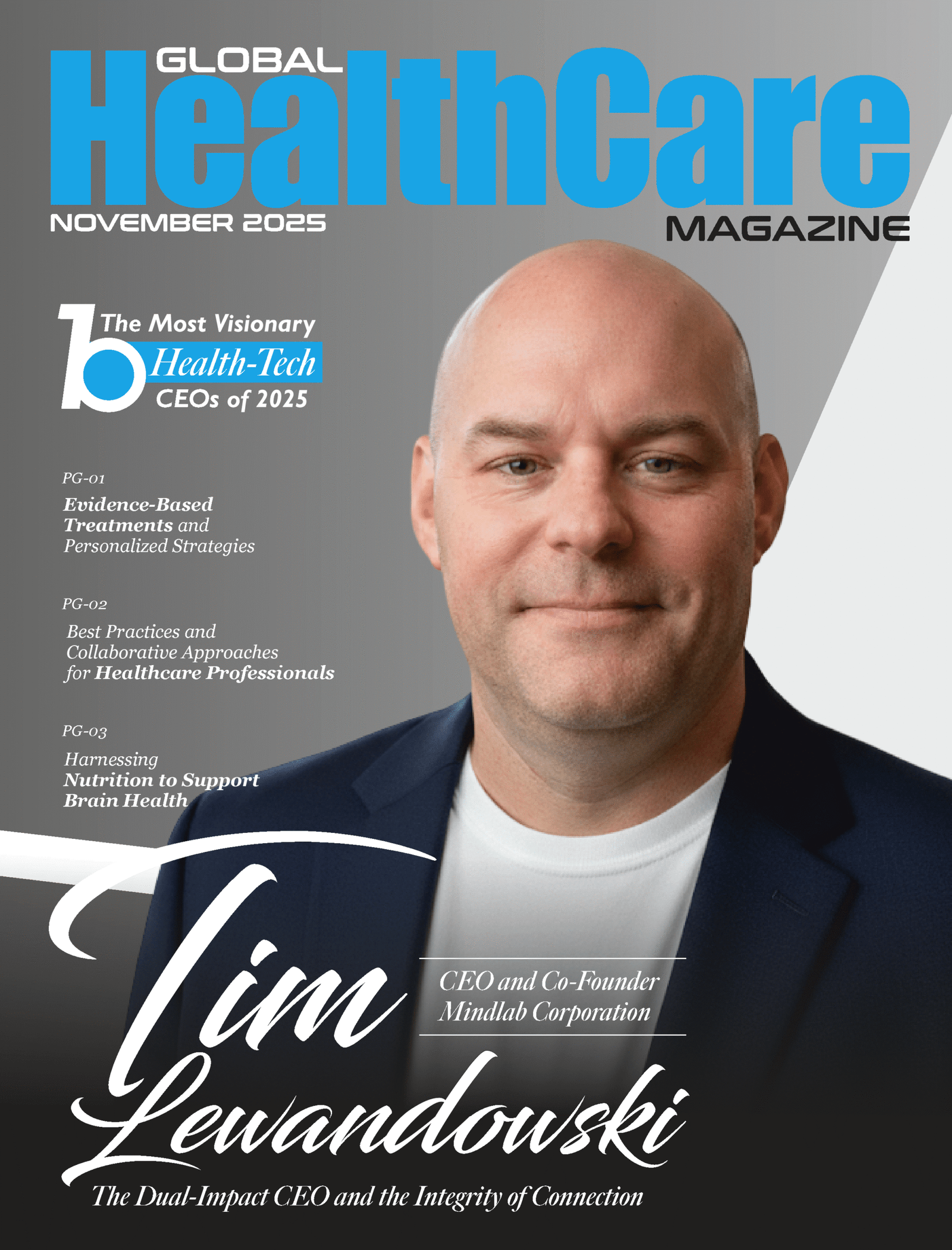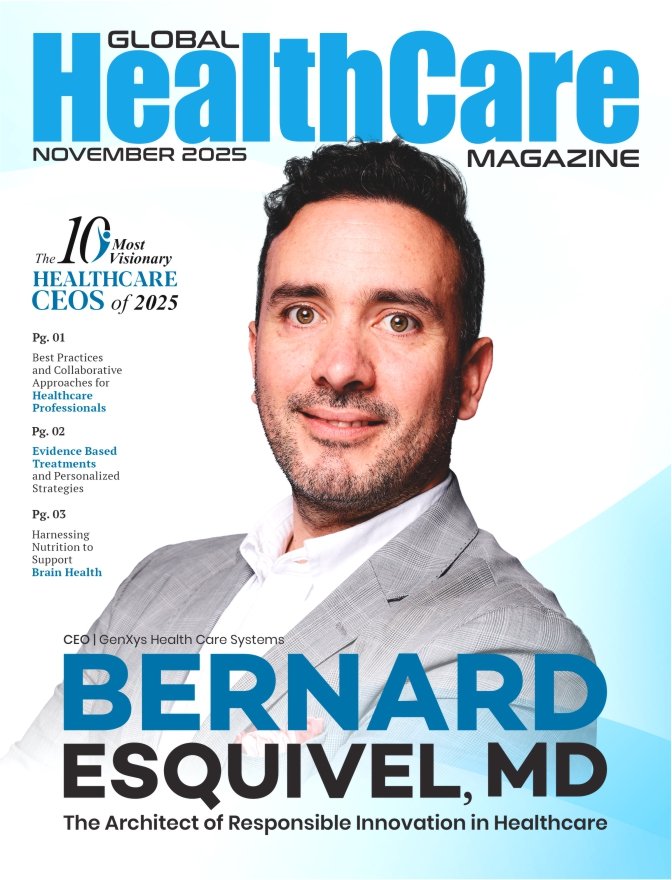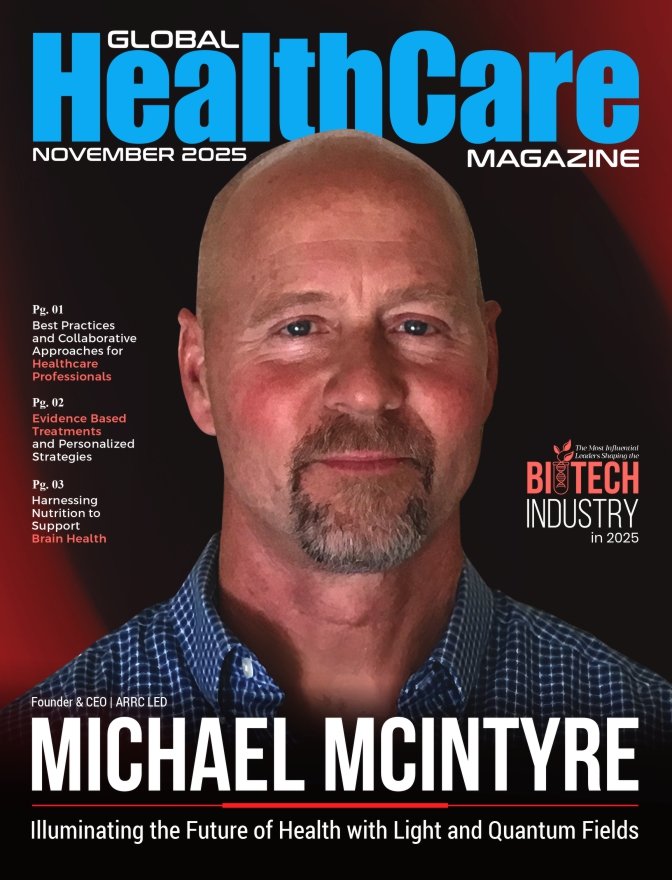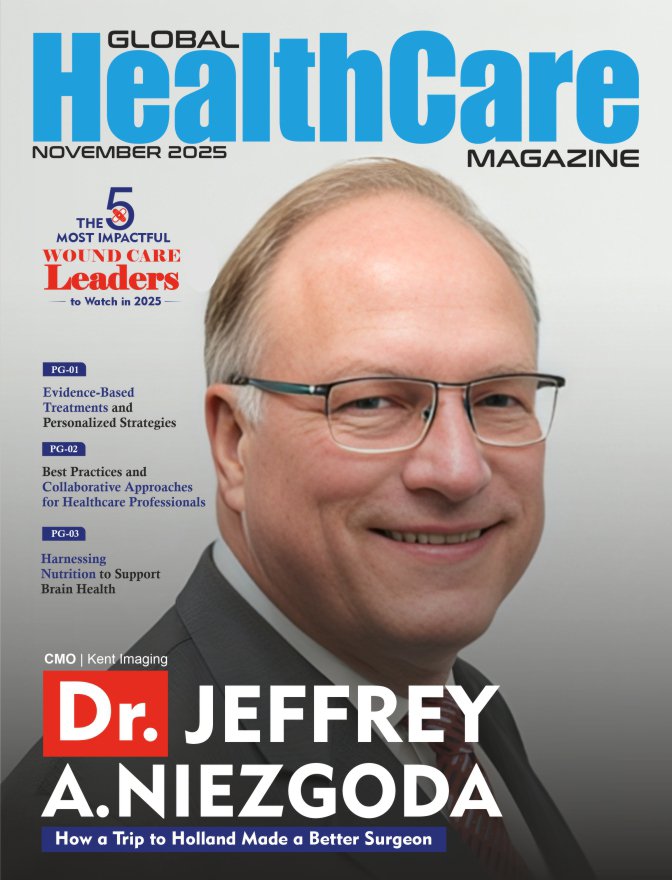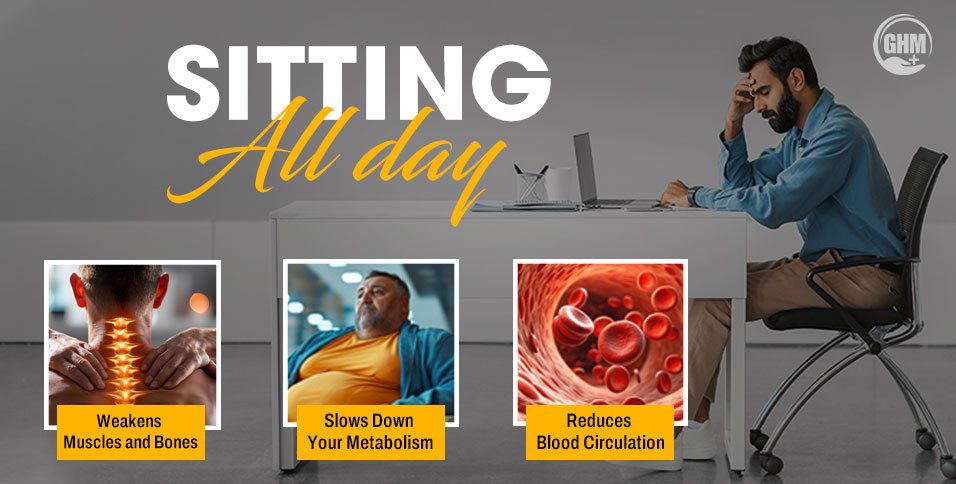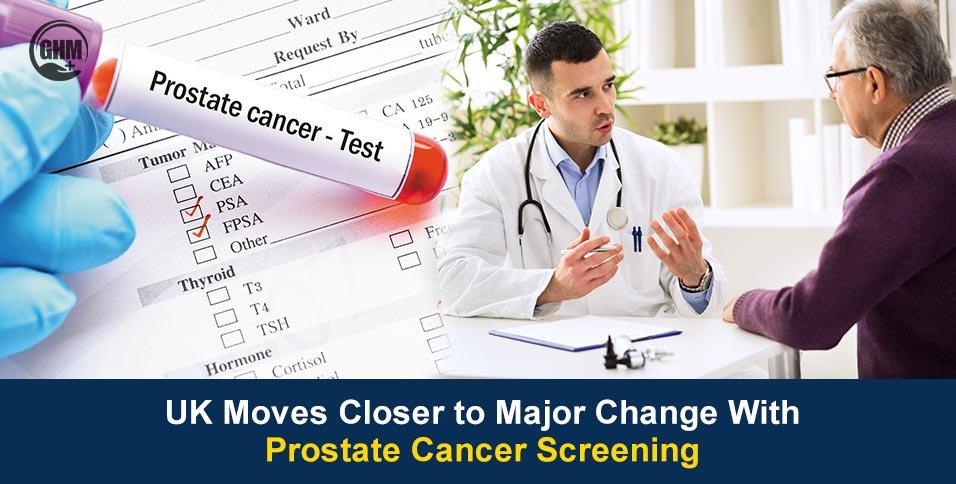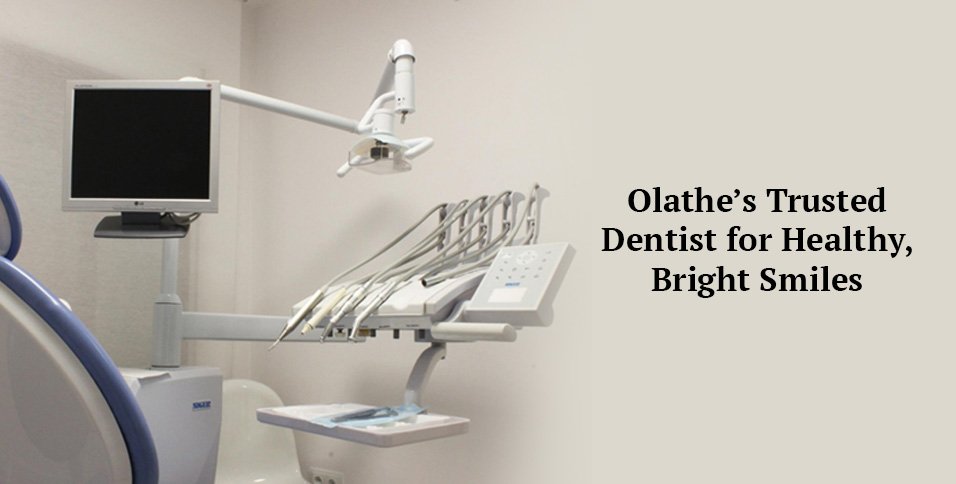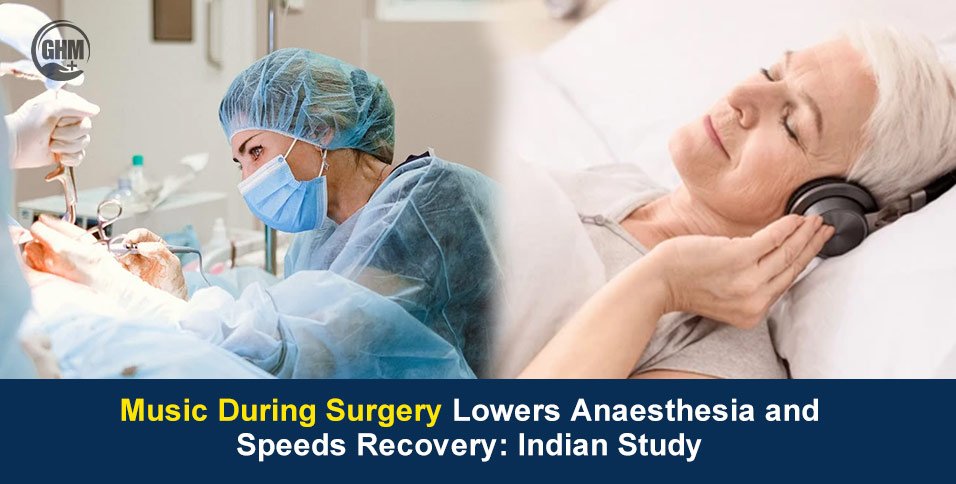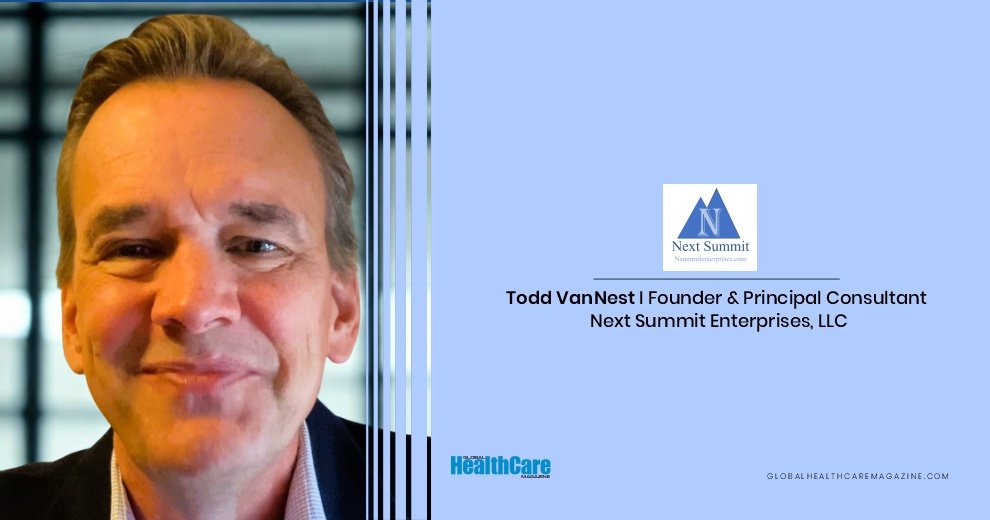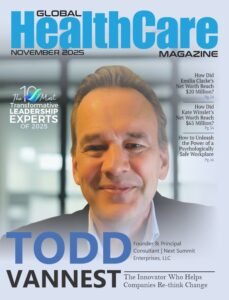It’s easy to think of clinical research as a world of protocols, patient charts, and regulatory checklists. But peel back the layers, and you’ll find stories—of people, purpose, and passion. Somewhere between the science and the systems are individuals who chose a different path. People who didn’t just follow medicine as a profession but reshaped it as a calling. That’s where Viviënne van de Walle stands. Not at the margins, but right at the intersection of patient care, research, and leadership.
Raised in a family of engineers, medicine wasn’t an obvious choice. But even as a young girl, Viviënne knew she was wired differently. While those around her leaned into machines and mechanics, she leaned into people. She wanted to be a doctor—always had, for as long as anyone could remember. And not just in the traditional sense. Her career, stitched together across borders and disciplines, has never fit neatly into a box.
She studied medicine at Maastricht University in the Netherlands, split her academic path with the University of Oxford in the UK, and earned a PhD in Auxology—yes, the study of human growth. From the start, she mixed clinical work with research, never quite separating the two. But it was one experience—as a participant in a clinical trial—that pulled her deeper into a field she hadn’t planned on staying in. What was meant to be a temporary detour became her lane.
She moved steadily through the research ranks, from sub-investigator to principal investigator to medical director. Eventually, she launched her own independent trial site—one of the very few physician-led operations of its kind in Europe. She’s licensed to practice medicine in both the Netherlands and Belgium and holds board certification in clinical pharmaceutical and pharmacological medicine. But credentials alone don’t tell the story.
There’s a quiet wisdom to how she leads. Her father once told her, “You can study to become a doctor, but you’ll end up being a manager somehow.” He was right—but not in the way he may have meant. Viviënne doesn’t just manage. She mentors. She builds. She solves. And where systems end, her leadership begins.
Two Companies, One Mission: Make Research Work Better
At the heart of Viviënne van de Walle’s professional life are two companies: PT&R, her independent research site, and VivHo, her consulting practice. Though each serves a different purpose, both reflect the same core mission—improving the way clinical research is done, from the ground up.
At PT&R, she leads a diverse portfolio of studies. Beyond traditional Phase II, III, and IV pharmaceutical trials, her team also conducts nutriscience projects, early device studies, and large-scale human sample collections for labs across Europe. These samples feed fundamental research—often the first step toward the therapies of tomorrow.
VivHo, by contrast, was born out of demand. Industry partners wanted to learn from her frontline experience, so she built a space to share it. Through VivHo, she advises pharma companies, CROs, and vendors, particularly around tools like eCOA, which often lack input from those actually using them. She also works in roles like medical monitoring, data adjudication, and DSMB panels, helping raise the bar on quality standards like ICH GCP R3 through tailored training and guidance.
Viviënne’s days are never the same—just the way she likes it. One moment she’s reviewing lab results or meeting patients; the next, she’s fine-tuning a protocol, leading a team meeting, managing budgets or participates in advisory boards. Whether it’s care, compliance, or consultancy, she stays hands-on—always close to the work that counts.
A Research Site Rooted in Trust and Built for Impact
PT&R doesn’t look or feel like a typical clinical research site—and that’s by design. For over 25 years, Viviënne van de Walle has shaped it into a place where science meets sensitivity, where every trial is carried out with both precision and personal care. “I didn’t build a trial site, I created a place where patients are heard before they are measured.”
At its core, PT&R conducts a wide range of clinical studies—from pharmaceutical trials in healthy volunteers and patients, in later phases to nutriscience and some medical device testing. But what sets the center apart isn’t just the variety of work; it’s the way the team approaches it. Recruitment isn’t rushed and often done in an alternative approach. Instead of looking at the database and funneling it down based on the in/exclusion criteria, we set up a patient-pathway; where do these patient seek for information or help and can we cross that path, so they realize that participating in a clinical trial is an option.Patients are invited into conversations, not just protocols. They’re given time to read the consent forms, ask questions, and discuss their decision with family—without pressure.
The process continues with care, from screening to randomization and through each visit. Most procedures are handled in-house. When outside services like imaging are needed, PT&R collaborates with trusted local hospitals and providers. That balance—deep clinical capability and strong community ties—has been central to its success.
Over the years, the center has conducted hundreds of trials and worked with thousands of participants. Many of them have returned for future studies, which says more than any metric ever could. “That, to me, is the proof we’re doing something right,” Viviënne says. “It means people feel respected. They trust us.”
And, in a field where trust can be the hardest thing to earn, PT&R’s model of long-term, participant-centered research continues to offer something rare: a place where progress is personal.
Consulting with a Clear Voice—and a Clear Purpose
Through her consultancy, VivHo, Viviënne has become a steady voice in a sector that’s often overloaded with noise. Her work bridges a critical gap—translating what happens at the site level into practical guidance for the broader clinical research ecosystem. She doesn’t just talk about what’s broken; she shows people ways to fix it. It’s a commitment to bring real-world clarity into a system that too often forgets its (end)users. But is also conservative and reluctant to make changes. “I don’t support teams – I make sure protocols or procedures are grounded in clinical reality. Strategy without context is fiction.”
Viviënne works closely with life sciences companies—often the smaller ones that don’t have deep in-house resources—offering hands-on support in areas like medical monitoring, protocol design, program development, and systems review. If it touches sites or patients, she’s interested. And if it risks becoming more complex than it needs to be, she steps in to simplify it.
Her journey in consulting began at Quintiles (now IQVIA), where she helped train clinical research associates, led feasibility efforts, and helped launch a dedicated start-up team—a forward-thinking move at the time. Since then, her experience has become even more valuable, especially as clinical systems become increasingly layered and difficult to navigate.
“A lot of new physicians try one trial and never come back” she explains. The reasons? Poor onboarding, clunky systems, and overwhelming processes. “It can feel like being stuck in a bad escape room,” she adds, half-joking, fully serious.
“We even see more ones-and-dones in the EU compared to the US. That is worrying as we need new physicians to do this work to be able to continue to develop the best treatment options for our patients.”
That’s where her speaking engagements come in. Whether she’s on stage at a major conference or speaking to a room of site leaders, her message is clear: stop complaining, start solving. A lesson she credits to her late mentor, Christine K. Pierre. “No witching or whining,” Christine reminded us —words that now anchor Viviënne’s entire approach Kenneth Getz challenges me. He appreciates my critical but constructive thinking as I appreciate his insights and advises. We grab every opportunity to talk about the business and it’s future, over a cup of tea. I truly consider him my other mentor.
Built on Partnership, Not Competition
In a field as intricate as clinical research, true collaboration is rare—but it’s the foundation on which PT&R stands. Over the years, the company has built lasting partnerships with hospitals, government agencies, academic institutions, and pharmaceutical firms. And according to Viviënne van de Walle, the key to making it all work isn’t complicated.
“It’s open and constructive communication,” she says. “It’s learning from each other, respecting each other, and knowing each other’s strengths.” In her world, the best progress doesn’t come from competing—it comes from aligning. That mindset has helped PT&R stay relevant, resilient, and deeply trusted across sectors.
In fact, when the company moved to a new facility, it took the opportunity to update its name—from Precare Trial and Recruitment to Partner in Trials and Research. It wasn’t a rebrand for the sake of it. It was a quiet but clear statement of identity. “That name better reflects who we are and what we do,” Viviënne says. A partner, not just a provider. A collaborator, not just a contractor.
Resilience in the Face of Uncertainty
Running an independent research site comes with its share of hard knocks. Viviënne van de Walle knows this firsthand. While the challenges are familiar to many site leaders, independents like her face them without the cushion of a corporate safety net.
One of the toughest moments came just before Christmas, at the height of the COVID-19 pandemic. PT&R was ready to launch a vaccine trial—200 participants lined up, extra staff hired, everything in place. Then, two days before kickoff, the trial was cancelled. “You can’t just start a new trial in a week,” she says. “Or a month. Or even two.” But the rent still needed paying, and the team still needed salaries. She dipped into her own savings, found creative ways to keep the staff working, and turned to other sponsors for help. “It was a defining test of grit and adaptability. But also showed commitment and flexibility of my staff and appreciation of various sponsors to help look at study-opportunities for our site.”
That ability to pivot quickly—and find connections where others don’t—is a trait many around her admire. She’s built her business without foreign equity or outside investors, which is why some in the field have taken to calling her a “unicorn.”
One moment she holds especially dear: receiving the Christine Pierre Site Impact Award from SCRS, named for her late mentor. “I had no idea I was nominated,” she recalls. “Her husband gave me the award in front of the entire industry. It’s something I’ll treasure for the rest of my life.”
Advice That Sticks
Ask Viviënne van de Walle for advice, and she won’t hand you a checklist—she’ll give you perspective.
People often walk away from conversations with her surprised by how she connects dots others might miss. Whether it’s linking teams, systems, or seemingly unrelated ideas, she has a knack for creating clarity in complexity. “I try to be constructive and focused on solutions,” she says. “That’s how we move forward.”
But what really seems to resonate is her steady reminder of the human side of clinical research. “I always tell them—remember why we do this. Today, the patient might just be a number on a screen. But tomorrow, it could be someone you love who’s hoping for one more tomorrow.” It’s the kind of truth that doesn’t just land—it lingers.
Envisioning a New Era in Clinical Research
If resources were no object, Viviënne’s vision for clinical research is clear: simplify and empower. She would streamline the tangled web of systems and protocols that often slow progress. But beyond simplification, she sees a vital need to nurture new talent—specifically, physicians eager to become investigators and principal investigators.
She imagines a global training and mentorship program designed just for these doctors, offering guidance and hands-on learning to help them thrive in clinical research.
Equally important is fostering collaboration among smaller, independent research sites like PT&R. “There’s room for both large networks and small independent sites,” she notes. “But some smaller sites are losing confidence—and that’s a loss for everyone. Each site has its own uniqueness, and that’s what makes clinical trials richer.”
Her goal? To build a partnership-network where smaller sites can work together without losing what makes them special—bringing diversity and strength back to the heart of clinical research worldwide.
Balancing Life Beyond the Lab
Viviënne understands that her intense work schedule and long hours aren’t always easy for others to grasp. “It helps that my partner is not in the same business but has the same passion and dedication for his work,’ she shares, highlighting the crucial support system that sustains her.
When Viviënne steps away from clinical research, creativity takes the spotlight. Whether it’s building intricate Lego sets, molding pottery, or crafting jewelry, these hands-on hobbies offer a refreshing contrast to her high-stakes work. However, it’s the creative thinking she brings back to her job.
Her little farmhouse is a peaceful retreat, complete with rabbits and long walks fueled by podcasts and audiobooks. A fan of the app “The Conqueror,” Viviënne enjoys tracking her progress on virtual journeys—she’s earned more than 20 medals, including one for the Route to Santiago.
Travel is another passion, especially road trips across Europe, Canada, and the U.S. She often blends business trips with moments to reconnect with friends, explore new places, and hunt for beads to add to her jewelry collection. Summits like those hosted by SCRS feel less like work events and more like joyful reunions. And every now and then, she treats herself to a well-earned massage—because even the most driven leaders know when to slow down.
Looking Ahead: New Spaces and Stronger Teams
Viviënne is stepping into an exciting new chapter with the recent refurbishment of PT&R’s clinic. Their new home is truly one of a kind—a historic castle complex with the lab nestled inside a tower chamber not just for the atmosphere, but to remind us daily: research should elevate patients; not reduce them to a protocol-subject. It’s an unusual setting that brings more than just functionality; it offers an experience that patients and partners won’t forget. Expanding the team is high on her agenda, as growing PT&R’s capacity and expertise remains a priority.
Collaboration continues to be a cornerstone of her vision. Currently, PT&R is partnering with a fellow Dutch site, along with several international centers. Building bridges. The smaller independent sites are unique: the people working there are versatile, hands-on and quick adapters. Together, they aim to push the boundaries of clinical research while maintaining the personal, patient-focused care that defines their work.
Quote
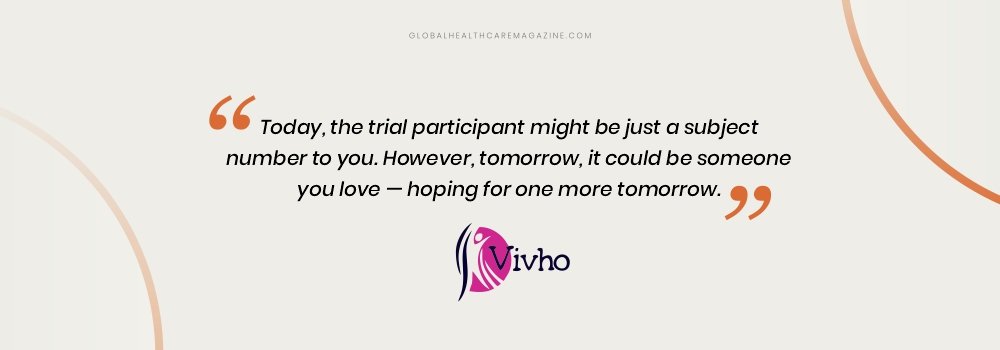
Also Read: Women in Clinical Research: The Top Business Women Leaders of 2025.


